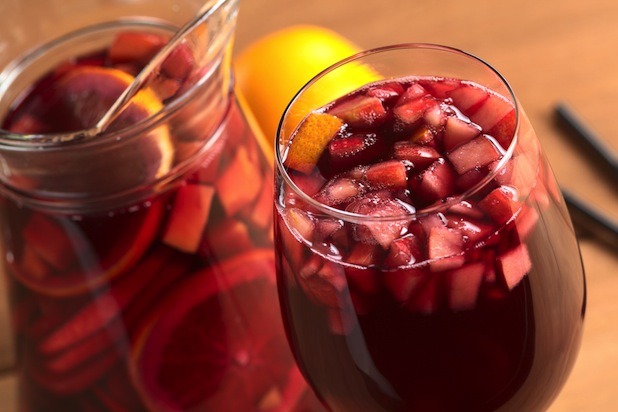Cocktails To Match Your Heritage (Slideshow)
Brazil: Caipirinha
There are a lot of reasons to be drinking if you're a Brazilian right now. The World Cup is over, and it ended for the hosts in what was probably the most painful-to-watch rout ever in international soccer. Fortunately, the choice of Brazil's most patriotic drink is easy: It's the caipirinha. The caipirinha is Brazil's national cocktail, and when translated into American English, it basically means "little hillbilly." That name alone is victory enough for Brazil.
Puerto Rico: Piña Colada
The piña colada ("strained pineapple") was allegedly invented by the pirate Roberto Cofresí, who was known to offer his band of buccaneers the cocktail when morale was low. The piña colada is the official drink of Puerto Rico, and even has its own holiday on July 10. The piña colada earns extra points for inventing what is probably the definitive Caribbean drink, containing, as it does, such quintessential tropical ingredients as rum, pineapple, and coconut.
Cuba: Mojito
Yet another drink invented by pirates. The mojito was supposedly created by the crewmates of Francis Drake in order to cure a scurvy epidemic on their ships. The presence of lime in the drinks is actually effective in preventing scurvy, so remember that the next time you've had a few too many mojitos! Other origin stories suggest the mojito was created by African slaves on the island, but two things are for sure: The mojito is a thoroughly Cuban drink, and Hemingway drank a lot of them.
England: Gin & Tonic
Some may argue the delicious Pimm's Cup is more appropriate, but gin & tonic has a stiffer upper lip than the fruity Pimm's Cup. And there's no spirit more easily equated to the British Crown than gin; the Queen herself is said to have a gin and Dubonnet before lunch every day. I suggest that you use the quintessential gin of the British Empire, Bombay Sapphire, when drinking to Queen and Country. A pint of Extra Special Bitter is also acceptable.
United States: Bloody Mary
The Bloody Mary is the Melting Pot of cocktails, and thus, can only belong to the United States. The International Bartender's Association (IBA) only specifies three required ingredients, not including garnishes: vodka, tomato juice, and lemon juice. Yet the actual contents of a Bloody Mary can include dozens more ingredients. You can throw in Worcestershire sauce (English in origin, like the cocktail's name itself); clamato (Canada); Sriracha (Thailand): peri peri (Africa): or bacon (everywhere). And, like all great American culinary inventions, it was first conceived of in New York. Drink up, 'Merica.
Singapore: Singapore Sling
The Singapore Sling was created by a Hainanese bartender in Singapore's Raffles Hotel — so it was initially meant for a booze-swilling ex-pat aristocracy and not for the local crowd. Yet Singaporeans have always excelled in absorbing the best attributes of their colonizers (like capitalism) while violently discarding the worst (like chewing gum and a tolerance for street litter). Maybe that explains why the eight(or more)-ingredient Singapore Sling is damn near the perfect cocktail.
Ethiopia: Tej
Ethiopia and Djibouti's favorite drink, Tej, is a type of honey mead mixed with ground-up leaves or twigs of gesho, an African bittering plant similar to hops. Unlike everything else on our list, Tej is typically a homemade alcohol, which means that, depending on the fermentation time, it can be very high in alcohol content. But unlike Americans with their moonshine, the Ethiopians have figured out a way to make their homemade brew legitimately tasty.
Japan: Saketini
The rice liquor sake is virtually synonymous with the country of Japan and has fortunately made some headway in spreading through the rest of the world. What's unfortunate is that most Westerners tend to experience sake through the sake bomb, which — though admittedly fun — is also kind of an abomination and is hardly appropriate for toasting one's heritage. Instead, Japanese patriots should try the sake spin on the martini, the Saketini. Note that the sake replaces the vermouth — not the gin or the vodka.
Peru: Pisco Sour
Pisco is the native grape brandy of Chile and Peru. Both countries declare ownership of it, and dispute the other country's right — a point which may be moot, seeing as parts of Chile were once part of Peru. Each country also has its own version of the pisco sour, a sweetened cocktail with pisco as the base, but Peru wins out because they have a public holiday in honor of the cocktail.
Spain: Sangria
The name of Spain's famous punch translates into "bloodletting," which is fitting for the country that gave us bullfighting and the Spanish Civil War. Sangria is now a popular drink in much of the rest of the world. For a while, any bastardized punch containing wine was called sangria, but as of January 2014, only sangria made in Spain or Portugal (a country which has an equal claim to the drink) may actually be called sangria, according to European law.
France: Mimosa
France is another country that just has too many great drinks to choose from; however, the mimosa, is far more universal than, say, absinthe or pastis. The mimosa is actually a cocktail that, unlike the country's wine, may well be the best in the world. The mimosa combines two simple ingredients, both found in France: Champagne, the country's famous sparkling white wine, and orange juice. I can think of no more Mediterranean cocktail than the mimosa — which, by the way, was invented at the Hotel Ritz Paris.
Russia: Vodka
For a cocktail to be a cocktail, it needs to contain two ingredients, one of which is alcoholic. So no, technically vodka is not a cocktail. It is, however, probably the most versatile liquor on the planet. The martini, the screwdriver, the Bloody Mary, the vodka tonic, the Cosmopolitan, the Long Island Iced Tea: all of these drinks depend on vodka. The Russians, however, drink it cold and drink it straight, the only way Putin likes it.

